Reflection Symmetry
Reflection symmetry, also known as line symmetry or mirror symmetry, occurs when an object is reflected across a line and the reflected image matches the original shape perfectly. The line across which the reflection occurs is called the line of symmetry.
Characteristics of Reflection Symmetry
- Every point on the object has a corresponding point on the reflected image that is equidistant from the line of symmetry.
- The reflected image is a mirror image of the original object, meaning that the angles and lengths are preserved, but the orientation is reversed.
- An object can have multiple lines of symmetry, or it may have none at all.
Examples of Reflection Symmetry
Common examples of reflection symmetry include:
- The uppercase letter "H" has a horizontal line of symmetry, where the left side mirrors the right side.
- A square has four lines of symmetry – two horizontal and two vertical – where each side mirrors its opposite side.
- A heart shape has a vertical line of symmetry, where the left side mirrors the right side.
Studying Reflection Symmetry
To understand reflection symmetry, students can practice identifying lines of symmetry in various shapes and objects. They can also explore the concept of half-turn symmetry, where an object can be rotated 180 degrees to coincide with its original position.
Students can also create their own shapes and figures to test for reflection symmetry by folding paper and using a mirror to check if the reflected image matches the original. This hands-on approach helps reinforce the concept of symmetry and its applications in real-world scenarios.
Summary
Reflection symmetry is an important concept in geometry and can be found in various shapes and objects. Understanding this type of symmetry helps students develop spatial reasoning and problem-solving skills.
[Reflection Symmetry] Related Worksheets and Study Guides:
.◂Math Worksheets and Study Guides Fifth Grade. Perimeter
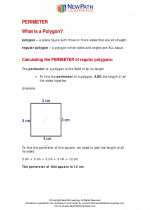
 Activity Lesson
Activity Lesson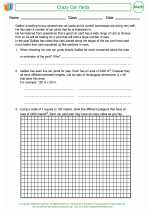
 Worksheet/Answer key
Worksheet/Answer key
 Worksheet/Answer key
Worksheet/Answer key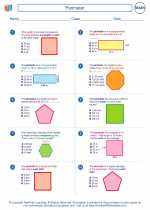
 Worksheet/Answer key
Worksheet/Answer key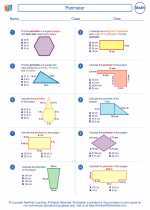
 Worksheet/Answer key
Worksheet/Answer key
 Worksheet/Answer key
Worksheet/Answer key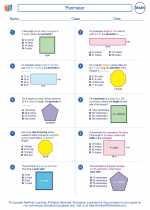
 Worksheet/Answer key
Worksheet/Answer key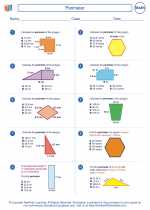
 Worksheet/Answer key
Worksheet/Answer key
